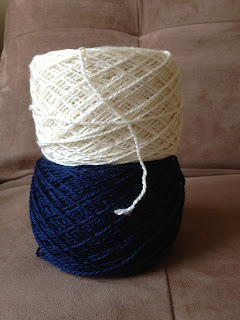Let me tell you a story -- a yarn, if you will -- of a London excursion!
 |
| On the Thames by the London Eye |
After exploring Amsterdam and Rotterdam for some local yarn, I discovered something quite dramatic about the Netherlands.
They don't have any sheep! (Evidence below)
See? No sheep!
Okay, that's not true; we saw plenty of sheep as we were train riding all over the country. There were even sheep just 10 minutes out of Amsterdam by bicycle. What the Netherlands does not have are local yarn brands. The expense to maintain and distribute yarn from the Netherlands is great enough that those companies weren't able to compete with larger European yarn manufacturers. I suspect that there are individual spinners and dyers, but I didn't come across any of their products.
Naturally, this lack of local yarn necessitated a trip to London (that and the prospect of spending a weekend with my friend, Kristen, checking out the sites -- and a very spooky Jack the Ripper tour -- was pretty appealing).
 |
| Kristen on the London Eye with Big Ben in the background |
On this weekend trip, we saw Sweeney Todd on the West End, had tea at Harrod's, rode the London Eye, and were flirted with by men who, as it turns out, are particularly fond of librarians.
We also made a quick stop at Hogsmeade to try some butter beer, but our camera didn't work on the other side of the gate.
 |
| At Platform 9 3/4 |
In addition to Big Ben and this fabulous clothing store called
Hobb's, London is also home to
I Knit, a yarn store and club. This is the only yarn store that I've ever heard of that is also licensed to serve alcohol, suggesting that this is THE place to knit during happy hour. :-)
 |
| I Knit London |
I found some local yarn and even picked up some yarn spun and dyed by folks who work in the store! Very cool :-)
I also picked up the yarn for my reflection project... Fyberspates Scrumptius 4ply!




















